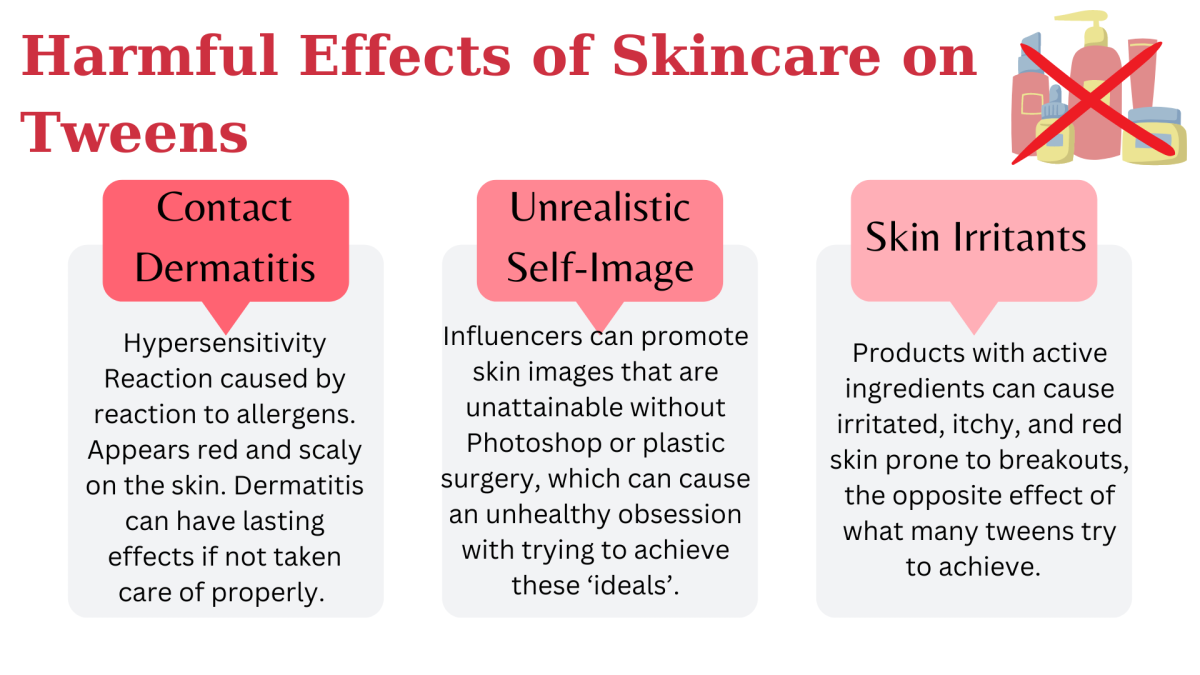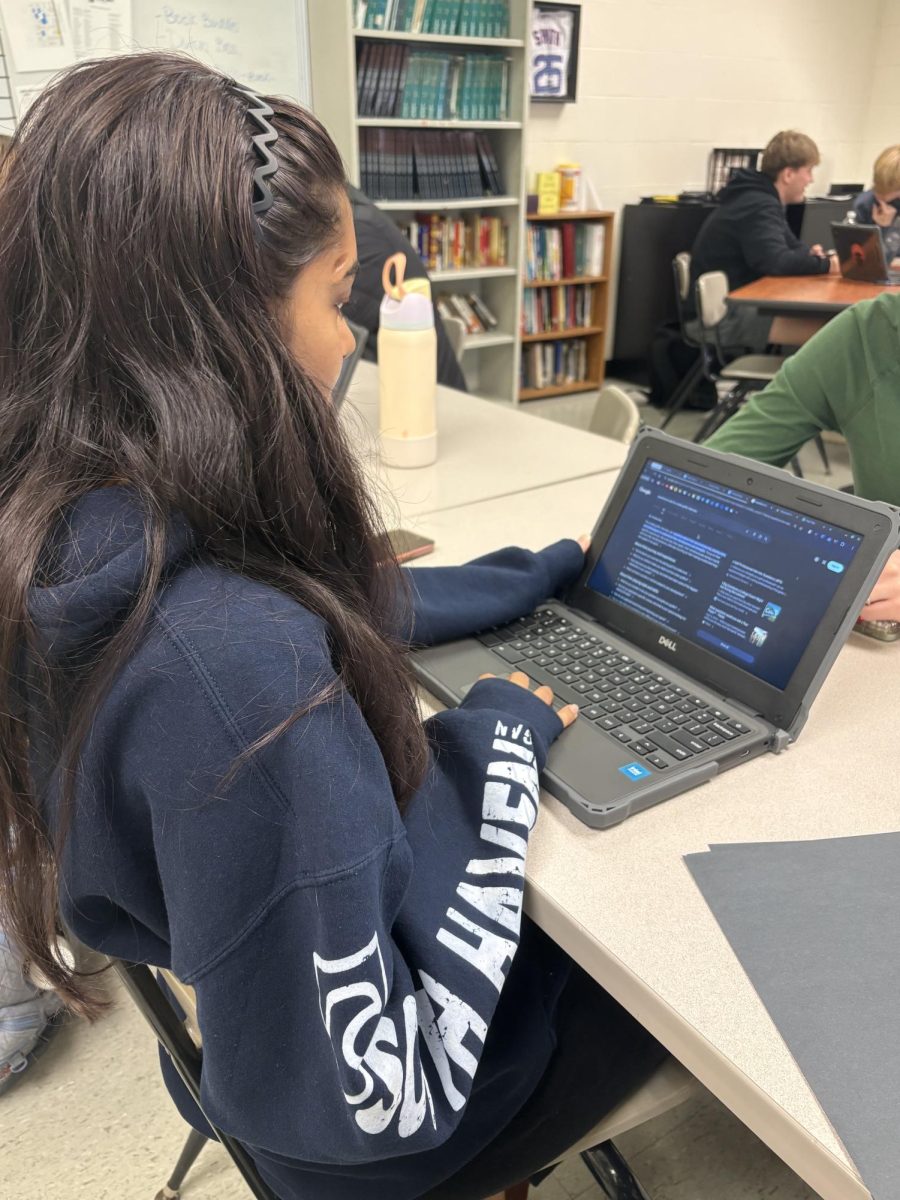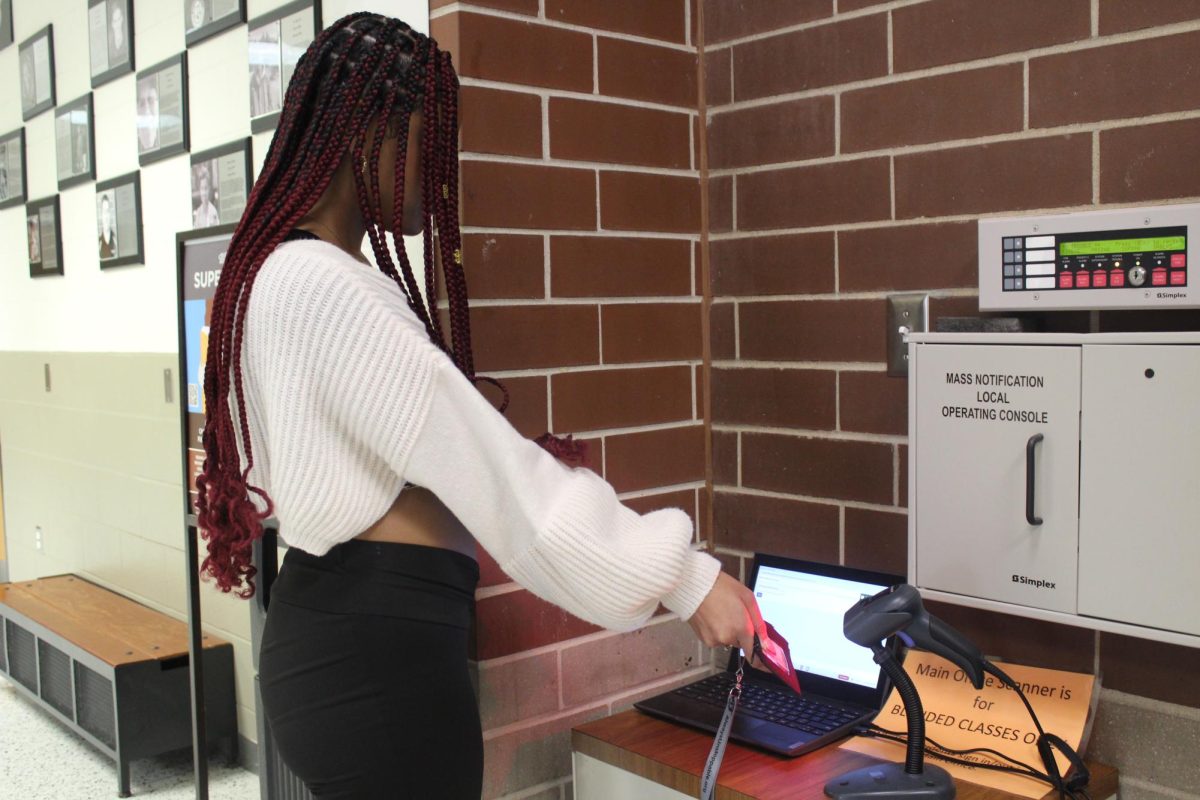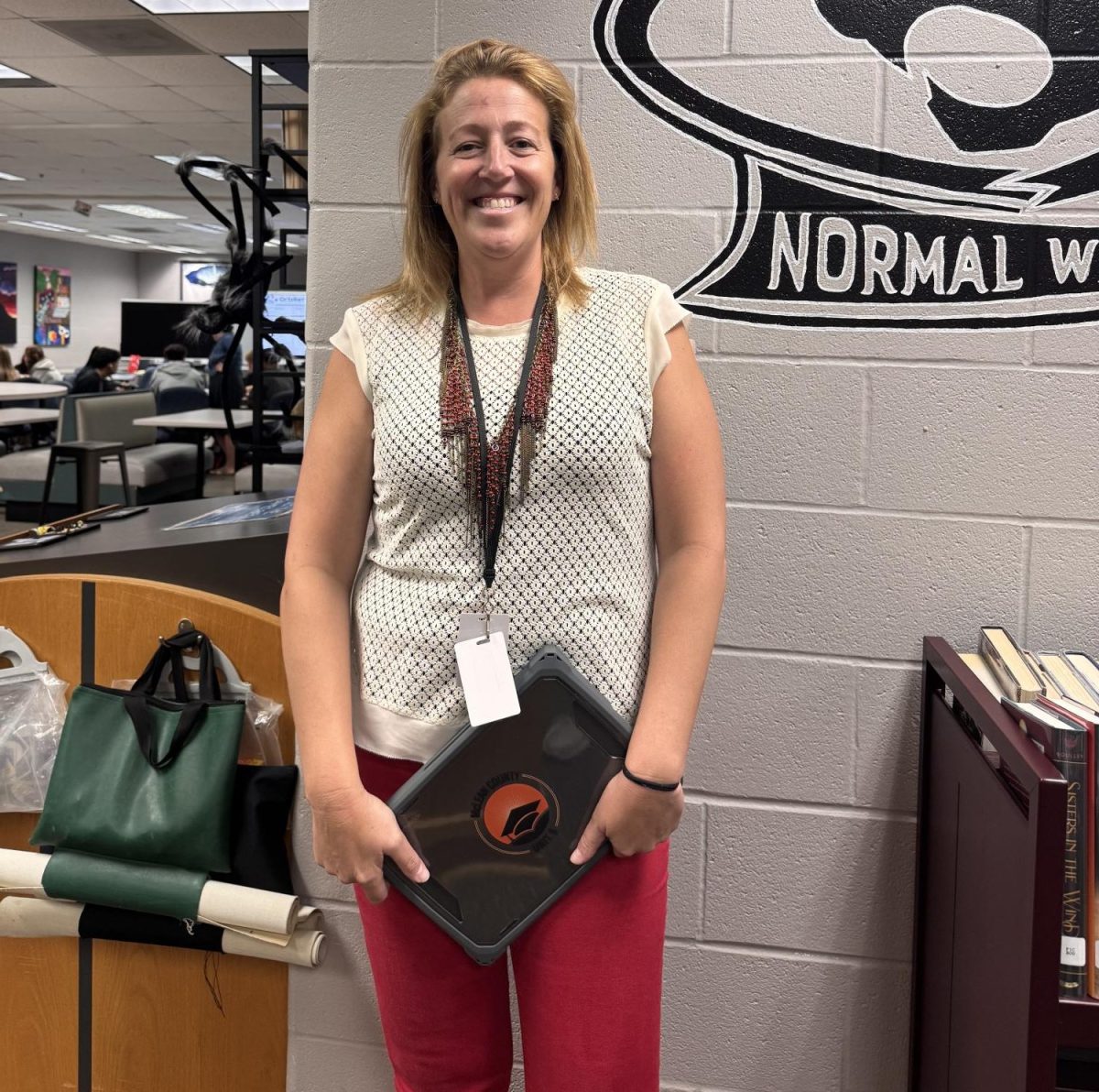If you’ve been online or to a makeup store in the past few months, it’s likely that you’ve seen a video or experienced a young shopper being less-than-kind to an employee or another shopper.
Young children, especially girls, are not new to playing with makeup and skincare.
In fact, some of my fondest childhood memories come from sparkly eyeshadow palettes from Claire’s or sneaking a facemask from my mothers bathroom.
But how much makeup and skincare should adolescents really be exposed to?
A new phenomenon labeled “Sephora Kids,” has become a prevalent topic online and with parents today.
Should parents be allowed to let their young children, under 12 years old, use retinols and other expensive skincare products on their faces?
Over the past few months, but especially post-holiday season, teens and adults alike have noticed their favorite products have been nowhere to be found on shelves.
The culprit? Young kids with potentially too much access to the internet and their parents’ credit cards.
Tiktok User @nomoredanny compiles videos made by other influencers to highlight the damage done to stores by the younger kids.
In one video, she states, “They [under 13 year olds] go up to the sample section and quite literally destroy everything and make a huge mess that they don’t even bother cleaning up.”
The video showcases messy tester products and destroyed packaging, which can be found at many Sephora stores.
But why? Why are these young girls engaging in this behavior?
Online, beauty influencers show off their skincare and makeup routines, often containing expensive products meant for adult and aging skin.
Younger kids can see this content on TikTok, YouTube Shorts, or Instagram Reels, and, quite simply, want to be included.
Some may ask their parents for the products or gift cards.
Harmless, right?
Unfortunately, no. Lots of skincare products are made to target specific issues that can cause more harm than good if used incorrectly.
One specific product that has gained traction is the Drunk Elephant A-Passioni Retinol Cream. Retinol is a product that can come in a cream or serum formula made of vitamin A, specifically made to reduce wrinkles and signs of aging.

(Leah Smolen)
This probably doesn’t sound too bad, until you realize that the molecules in retinol do not stay on your epidermis like most skincare does, but rather goes deeper into your skin to the dermis. Because of this, the product can cause irritation and dry skin, which can have a lasting effect.
The product isn’t recommended for those under 25, and should be used sparingly at that.
Retinol can thin out and make the skin more susceptible to UVA rays and sunburn for younger users. Too much exposure to UV radiation can cause skin problems later in life, including melanoma.
In addition to age and benefit concerns, another problem that has raised concerns is the pricing of products popular among young children. 10mL of retinol is $28.00, which is pricey for a 7-year-old.
Other popular products, like the Glow Recipe Cloudberry Bright Essence Toner, sit at $38 dollars for 75mL, or any of the Sol de Janeiro Perfume Mist, which range from $24.00-$38.00.
This is not too expensive for teens or adults, but for a young child to use or play with, it adds up quickly.
My take on the issue: I don’t see anything wrong with young children, with the approval of parents, playing with age-appropriate makeup and skincare.
A trip to Claire’s or the drugstore could suffice for any play makeup or moisturizer needs. The negative consequences outweigh any potential benefits these products have, especially later in life for the kids who already seem to care so much about their skin.
Workers and customers alike can only begin to hope for a cleaner, kinder shopping environment.










